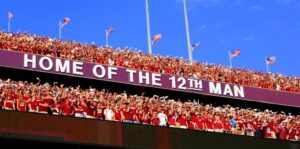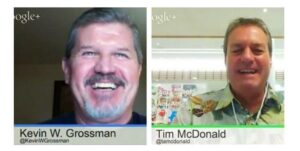Shareology Review: Sharing Is Powering The Human Economy
Bryan Kramer’s book, Shareology: How Sharing is Powering the Human Economy is not only a celebration of the new sharing economy but a primer on how to
Bryan Kramer’s book, Shareology: How Sharing is Powering the Human Economy is not only a celebration of the new sharing economy but a primer on how to

Are you selling products to a market? Or are you investing in relationships that will lift your brand? Community counts.

Can you believe #TChat has been going strong for three years? Time flies on the stream! Let’s talk about the future of social learning and your thoughts on community
How can you stay ahead of the curve in today’s job environment? After a week of TalentCulture community discussion, I’m reminded that the key is not how fast or how elegantly your career moves forward – it’s how many others you bring along for the ride.
Let’s be honest. Some leaders make a difference, and some leaders just take up space. Lou Imbriano is definitely one of the former. As we well
Originally posted by Matt Charney on MonsterThinking Blog The average worker today has more brands to deal with than a Texas cattle rancher, but one
None of us is getting any younger. But what does that mean for our performance in the workplace – particularly our ability to reach across generations and work together toward common business goals? That’s the subject of this week’s #TChat…
Social recruiting isn’t really about technology – it’s about what you DO with the technology. Bottom line: It’s (still) all about relationships…
Ending a year of workplace conversations with gratitude…